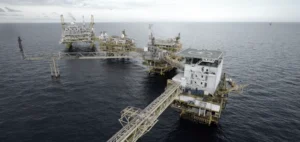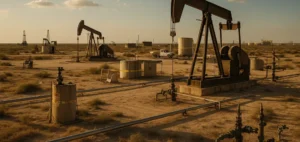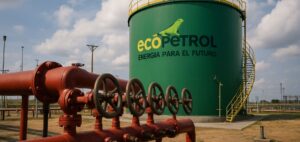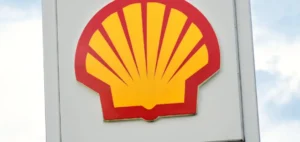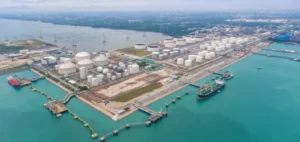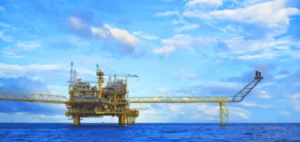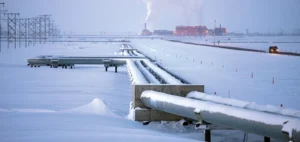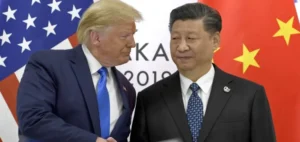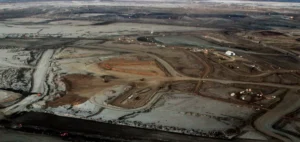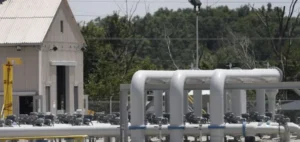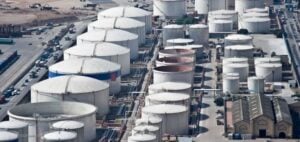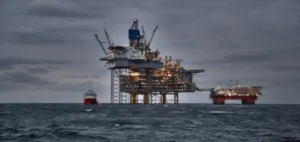Oil consumption is well on the way to an all-time record: the International Energy Agency (IEA) has revised upwards its forecast for global demand growth in 2023, which is heading for its “highest level ever recorded” before a slightly slower rise in 2024.
Oil consumption surge: Global demand growth on the horizon
The world has never been so greedy for oil. Without waiting to draw up an annual balance sheet, world oil demand has already “reached a record of 103 million barrels per day (mb/d) in June, and August could see a new peak”, points out the Paris-based OECD agency in its monthly report published on Friday.
Consumption is “boosted by summer air travel, the increased use of oil (fuel oil) to generate electricity and the surge in Chinese petrochemical activity”, explains the IEA.
For the year as a whole, global demand for black gold “is expected to increase by 2.2 million barrels (mb/d) per day” compared with 2022 “to reach 102.2 mb/d in 2023, with China accounting for over 70% of growth”, says the agency. This is the “highest annual level ever recorded”, according to the IEA.
Already in February, it forecast a record for the current year of 101.9 million barrels per day, after 99.9 mb/d in 2022 and 97.6 mb/d in 2021.
Opec+ and Oil Markets: Drastic cuts to support prices
This thirst for oil comes against a backdrop of market tensions following drastic supply cuts decided by several countries in the OPEC+ alliance, made up of 13 oil-exporting member countries and 9 allies, to support prices. As a result, last month global oil supply fell by 910,000 barrels per day to 100.9 mb/d.
The “sharp reduction in Saudi production in July pushed OPEC+ bloc output down by 1.2 mb/d to 50.7 mb/d”, “close to a two-year low”, while “non-OPEC+ volumes increased by 310,000 barrels per day to 50.2 mb/d”, according to the IEA.
Nine OPEC+ members, including its two heavyweights Riyadh and Moscow, have introduced voluntary production cuts totalling 1.6 million barrels/day since May. These cuts were subsequently extended to the end of 2024. At the same time, Saudi Arabia opted for a further production cut of one million barrels/day for July, extended to August and then September. Moscow, for its part, had pledged to reduce its exports by 500,000 barrels/day in August, then by 300,000 barrels/day in September.
IEA forecasts: Tighter oil market ahead this autumn
This is likely to cause the market balance to “tighten further in the autumn”, warns the IEA. “If the alliance’s current targets are maintained, oil stocks could fall by 2.2 mb/d in the third quarter and 1.2 mb/d in the fourth quarter, risking a further rise in prices.” Russian oil exports remained stable at around 7.3 mb/d in July, down by 200,000 b/d.
“Crude oil exports to China and India declined month-on-month, but accounted for 80% of Russian shipments”, notes the IEA.
Rising oil prices, combined with lower Russian rebates “pushed up estimated export revenues by $2.5 billion to $15.3 billion”, down $4.1 billion year-on-year but “their highest level since November 2022”.
For the year as a whole, the IEA expects global oil supply to rise by 1.5 mb/d to a record 101.5 mb/d, driven in particular by the USA (1.9 mb/d). Nevertheless, the agency estimates that the increase in demand for oil will be lower in 2024 than in 2023, at a time when the world needs to reduce its consumption of fossil fuels, which are harmful to the climate, in order to limit global warming to +1.5°C compared with the pre-industrial era. With the post-pandemic recovery “running out of steam” and “the energy transition accelerating” with electric cars, “growth will slow by 1 mb/d in 2024”, the agency predicts.







